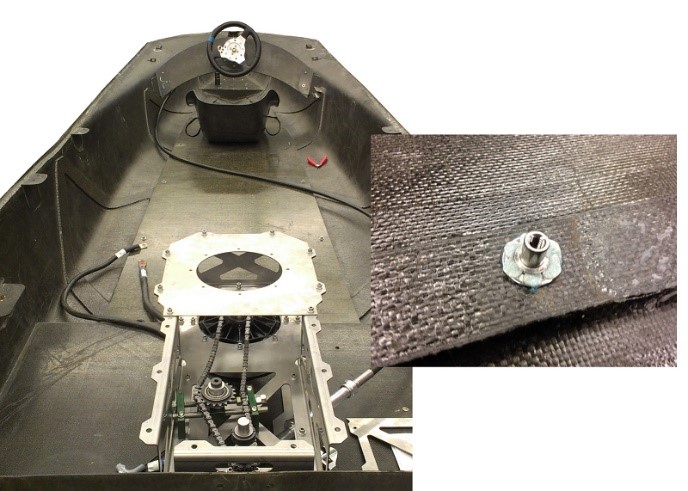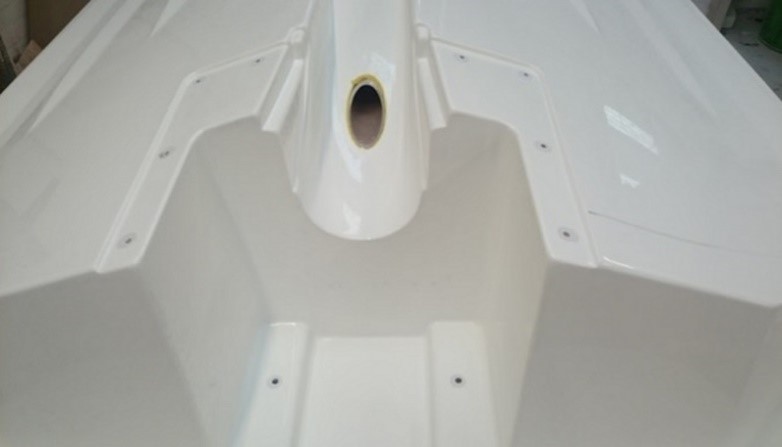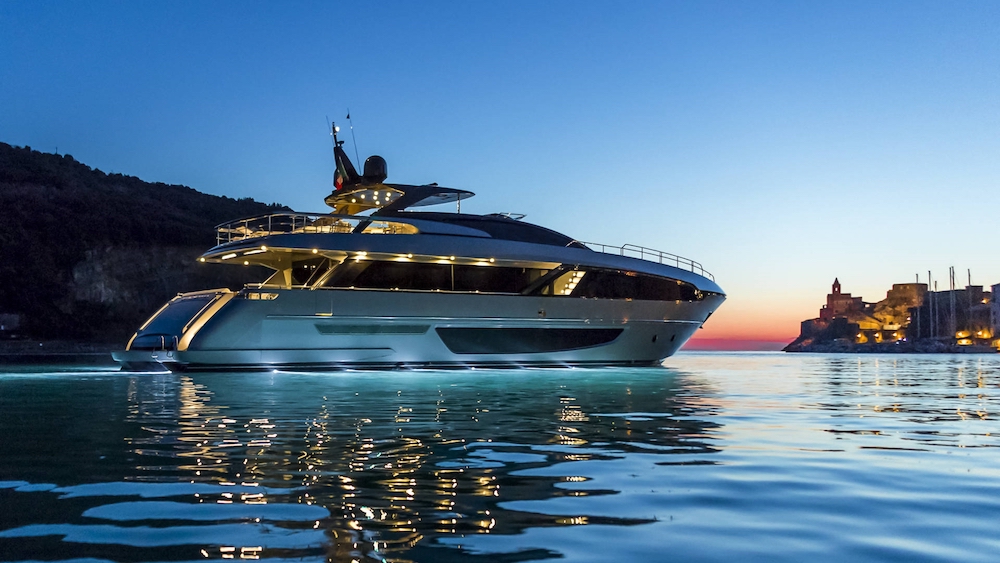Fastening solutions for marine composites: bigHead® discrete fasteners provide high-strength fixings and design flexibility
Credit: https://www.bighead.co.uk/?lang=it
For bigHead, the leading bonding fastener solution provider, its marine industry applications follow many of the same characteristic requirements as other industries where composite materials are being increasingly used for structures, components and panels. bigHeads offer efficiency and cost savings in manufactured parts and assemblies, as well as the flexibility required for design innovation – especially when they are engineered-in at the earliest stages of a project.
The invisible-to-the-eye fastening solution can be equally applied to highly secure panel to panel assembly or component to panel integration, helping boat builders reduce the expense and difficulty of vessel construction. The versatile, reliable and time saving fastener is available as standard in 316 marine-grade stainless steel and is widely used and well proven in the marine sector – from powerboats to luxury yachts and from jet drive boats to RIBs and even surf boards. Backed by a full and complete engineering service for custom designed bigHeads, designers can enjoy the freedom to create attractive and aesthetic lines and at the same time ensure manufacture and assembly times are minimised.
The marine industry in particular is challenged with maintaining maximum panel strength whilst minimising installation weight and size. In addition to the potential for exposure to the harsh environments endured by marine vessels, many applications also require fixings to be completely waterproof, favouring the selection of bigHeads which need no drilling and inherently provide a watertight fixing. The discrete high-strength fastening solution may be surface bonded to or embedded in materials that include carbon fibre and GRP composites as well as SMC and foam-core materials.
A luxury yacht builder that requires flexibility for their engine room fit-outs uses surface bonded bigHeads to directly mount fuel line and coolant plumbing and other small equipment componentry to GRP wall panels. Rather than drill holes and fix brackets, a simple one-step process allows fast installation of bigHeads with the ability to adapt the panel exactly as required with threaded male and female, or hook & clip type fasteners from the standard range.

Illustration: A luxury yacht engine room fit-out
bigHeads can also provide extremely high strength fixings. A solar powered boat project uses 20 surface bonded bigHeads to enable the fast mounting and removal of an electric motor cage to the very thin carbon fibre floor panel. Using a structural adhesive, no drilling is required – removing any possibility of water ingress or material weakening.

Illustration: Solar Boat’s carbon fibre body with motor cage
A manufacturer of water jet powered tenders for luxury yachts uses bigHeads as a reliable and discrete mechanical fixing point on the exterior of the hull for the jet propulsion system. With the fasteners discretely embedded in the GRP material during the manufacturing process, secondary processes are eliminated, a waterproof solution is applied and a low vibration but highly secure structural mounting arrangement is ensured.

Illustration: Embedded bigHeads fasteners provide secure and watertight mounting for the jet propulsion system
bigHeads are also used to provide fixing points for harnesses and other equipment on RIBs manufactured from soft PU or PVC materials. An M6 threaded 316 stainless steel bigHead is encapsulated into weld-able PU disc. This low profile assembly is then ultrasonically welded into the fabric layers of the RIB, maintaining a completely air and watertight seal whilst providing a high strength mechanical fixing. This is an example of the engineer-to-engineer process that bigHead offers which takes a concept to solution approach and follows development, prototyping, thorough testing and customer approvals as a joint project.











